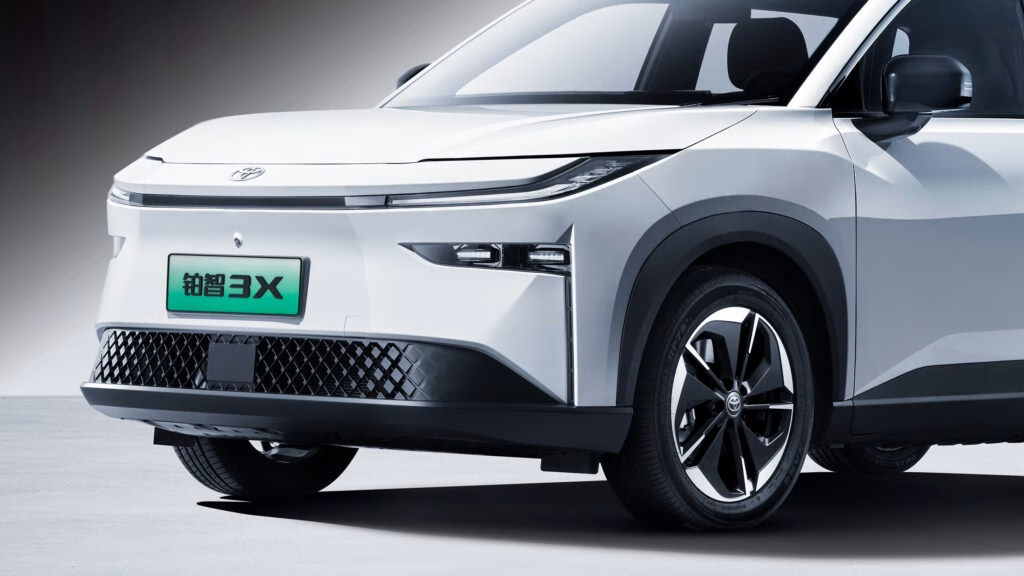Why Is Toyota’s bZ3X Electric SUV Outselling Rivals in China?
Legacy carmakers have been getting a reality check in China lately. Volkswagen, Porsche, and Mercedes have all seen their sales slide as local brands like BYD and Nio eat up market share. But Toyota? They’re bucking the trend, and it’s all thanks to a new electric SUV that’s turning heads for all the right reasons.
What Makes the Toyota bZ3X So Popular With Chinese Buyers?
It comes down to a mix of smart pricing, local partnerships, and a keen understanding of what Chinese consumers actually want. The bZ3X, built through Toyota’s joint venture with GAC, has been flying off the lot since its debut in March. Over 20,000 units delivered in just a few months. That’s not just good—it’s exceptional in a market where even global giants are struggling to keep up.
The secret sauce? Price. The bZ3X starts at just 109,800 yuan—about $15,000. That’s less than half the price of Toyota’s own Highlander SUV in China and even undercuts the Camry sedan. In a country where EV adoption is surging but price sensitivity remains high, that kind of sticker shock (in a good way) is hard to beat.
Is the bZ3X Just a Bargain Basement EV, or Does It Offer Real Value?
Let’s be honest: $15,000 doesn’t buy you a luxury EV. The base bZ3X 430 Air comes with a 50 kWh battery, officially rated for 267 miles (430 km) on the optimistic Chinese CTLC cycle. Real-world range? Closer to 200 miles (320 km). Still, for city commuters and young families, that’s more than enough.
If you want more, Toyota’s got you covered. The 430 Air+ adds extra features, while the 520 Pro and Pro+ versions bump the battery to 58 kWh and stretch the range to 323 miles (520 km). All these trims use a single 201 hp (150 kW) electric motor—plenty for daily driving. At the top, the 610 Max offers 221 hp and a 68 kWh battery, promising up to 379 miles (610 km) of range, all for about $22,000. Even the flagship feels like a steal compared to most Western EVs.
How Does Toyota Keep Prices So Low Without Cutting Corners?
Here’s where Toyota’s experience and GAC’s local know-how come into play. By building the bZ3X in China with a Chinese partner, Toyota slashes labor and logistics costs. They also tailor the car’s features to local tastes—think practical interiors, user-friendly tech, and options like Lidar-based driver assistance for those willing to pay a bit more.
It’s a classic case of “think global, act local.” Toyota isn’t just dumping a Western model into China and hoping for the best. They’re designing, pricing, and marketing the bZ3X specifically for Chinese drivers. The result? Pure magic.
Are Other Toyota Models Seeing the Same Success in China?
Absolutely. The bZ3X is the headline act, but it’s not a one-hit wonder. GAC Toyota’s total sales hit 364,218 units in the first half of 2025, up 5.6% year-over-year—a rare feat for a joint venture in today’s hyper-competitive market. The Camry sedan saw a 66% jump in June sales, and the Saina minivan is up 16% for the year. Clearly, Toyota’s approach isn’t just working for EVs; it’s boosting the whole lineup.
What Does This Mean for the Future of Foreign Carmakers in China?
Toyota’s playbook offers a few lessons. First, price matters—a lot. But it’s not just about being cheap; it’s about delivering real value at every trim level. Second, local partnerships are crucial. GAC’s manufacturing and distribution muscle give Toyota an edge that solo foreign brands can’t match. Finally, flexibility wins. Toyota’s willingness to adapt its products and pricing to local needs is paying off in spades.
The big takeaway? Winning in China isn’t about perfection—it’s about smarter adjustments. Start with one change this week, and you’ll likely spot the difference by month’s end.

